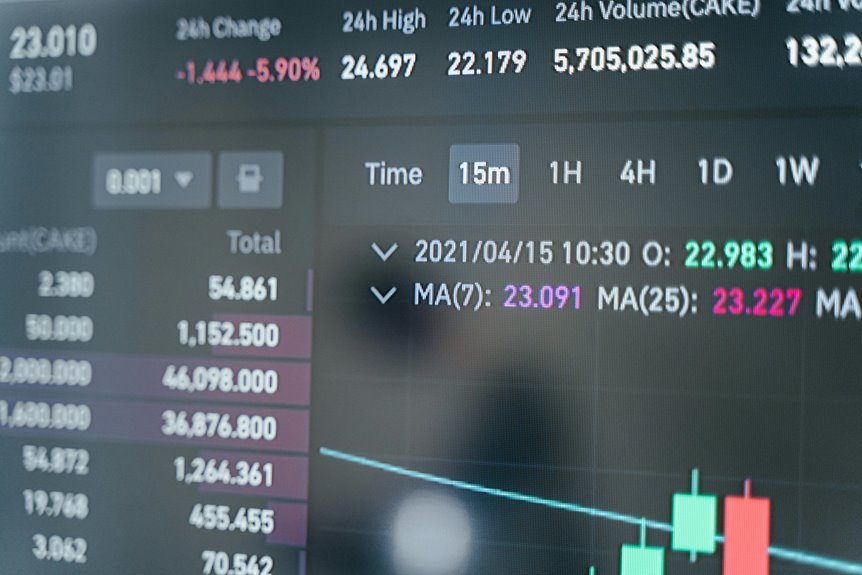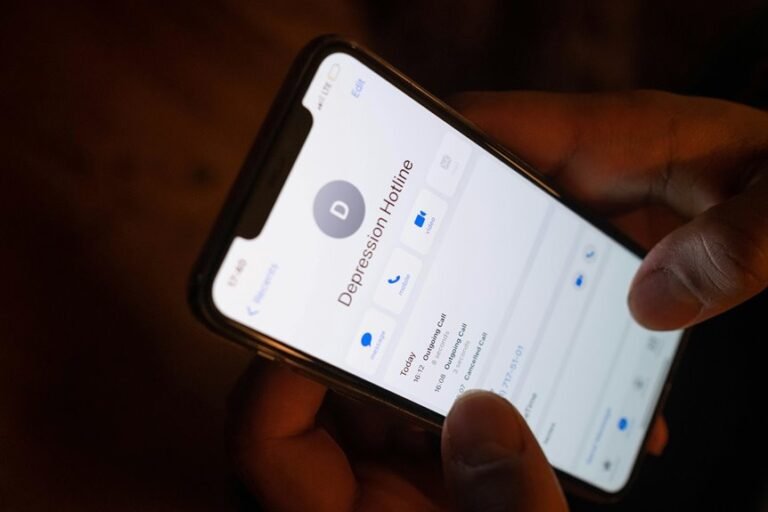Who Called You From 18337331541, 18337693123, 18337693124, 18339191627, 18339554516, and 18339651581? Find Out Everything About Any Phone Number
The surge of unknown calls from numbers such as 18337331541 and 18337693123 raises questions about their origins and intentions. Many individuals find themselves puzzled by these unsolicited communications. What could motivate these calls, and how can one effectively identify the source? Understanding the tools available for tracking these numbers can reveal crucial information. Yet, the implications of engaging or ignoring such calls remain uncertain. What steps should one take next?
Understanding the Nature of Unknown Calls
Although unknown calls can evoke a range of emotions, from curiosity to concern, understanding their nature requires a closer examination of various factors.
Call frequency often indicates patterns in caller motives, whether they are legitimate inquiries or potential scams.
Analyzing these elements can provide insight into the intentions behind the calls, empowering individuals to make informed decisions about their response and personal boundaries.
Tools and Methods to Identify Unknown Numbers
Identifying unknown numbers has become increasingly important as the prevalence of unsolicited calls rises.
Tools such as caller ID systems provide immediate identification, while reverse lookup services allow users to delve deeper into the source of a call.
When to Block or Report Unwanted Callers
How can one discern when it is appropriate to block or report unwanted callers?
Individuals should consider blocking calls when they receive repeated, unsolicited contacts or experience distress from unknown numbers.
Reporting harassment becomes crucial when calls escalate in frequency or content, causing emotional discomfort.
Recognizing these signs empowers individuals to maintain their freedom from intrusive communications while ensuring personal safety.
Conclusion
In conclusion, identifying unknown callers such as those from the numbers 18337331541 and others can significantly enhance personal security. Interestingly, studies indicate that nearly 60% of individuals receive at least one spam call daily, highlighting the prevalence of unwanted communications. By utilizing caller ID systems and reverse lookup services, individuals can effectively discern the nature of these calls, enabling them to make informed decisions on whether to engage, block, or report these unknown contacts.






